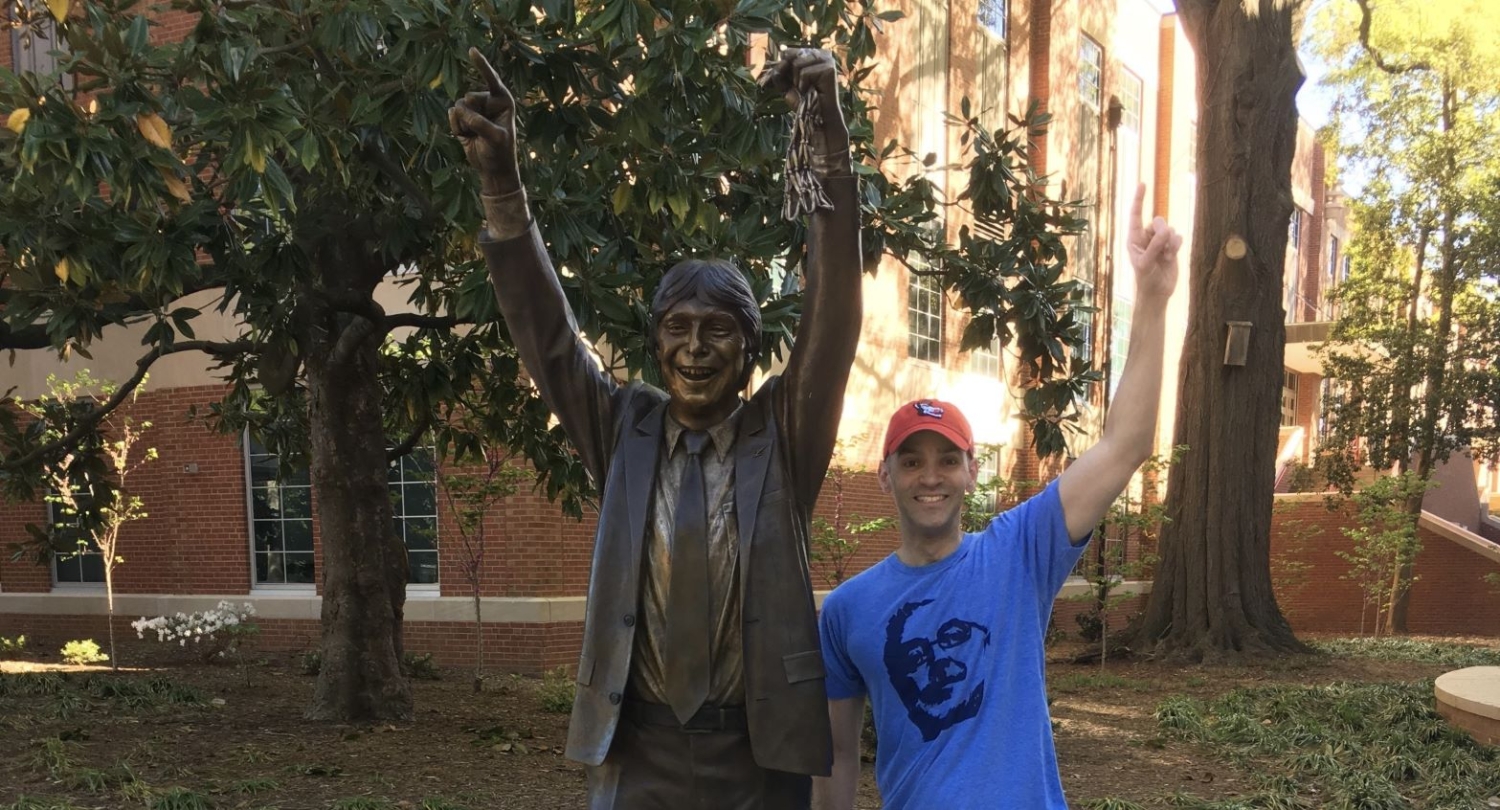Study Explores New Tools for the Conservation of At-Risk Species

Conservation of at-risk species can be a complicated and controversial issue. Habitat loss, climate change, and other man-made and natural threats are leading to a continued loss of biodiversity, creating increased pressure to address the causes of species decline. But as arresting the downward slide of a given species is only part of its recovery, new tools are needed to encourage habitat protection and restoration, particularly for wide-ranging species.
Dr. Christopher Galik, associate professor in the Department of Public Administration at NC State, studies how these tools are designed and implemented in a paper recently published in the journal Environmental Science & Policy. The article “Improving habitat exchange planning through theory, application, and lessons from other fields,” examines why a particular type of conservation tool called a habitat exchange has not seen greater use in the field and what could be done to further encourage its use.
A habitat exchange is a market-based tool in which landowners can generate habitat credits by creating and protecting new habitat or by setting aside and protecting habitat that already exists. These credits can then be sold to other individuals or businesses who may wish to impact species habitat elsewhere at some point.
“The Endangered Species Act is the flagship conservation law in the U.S.,” says Galik. “While it does a fairly good job of providing a regulatory backstop, voluntary, market-based approaches like habitat exchanges can help to encourage more conservation and participation by a greater number of individuals, both of which are needed to actively recover at-risk species.”
Despite their promise, however, habitat exchanges have been slow to develop owing to a variety of regulatory, participation, and quantification barriers. In this paper, Dr. Galik and his colleagues look for inspiration from other planning and market contexts in which similar barriers have been overcome. They specifically explore the integrated resource planning (IRP) process used in electricity infrastructure development, finding that IRP can inform habitat exchanges about how future conditions are assessed, the way stakeholders are engaged, and the regulatory certainty under which investments are considered.
Dr. Galik and his colleagues argue that the electricity and conservation communities should share process knowledge that could help make habitat exchanges scalable and consistent. More broadly, his analysis speaks to the challenge of translating theory to application—taking good ideas and turning them into action—and the importance of exchanging knowledge and experience across traditional disciplinary bounds.
- Categories:


